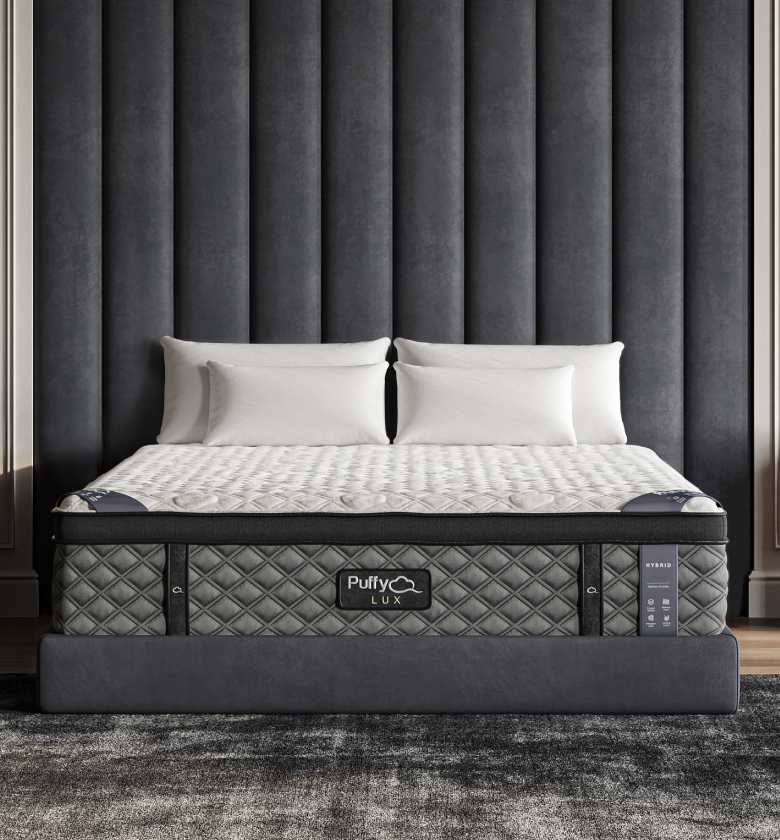Key Takeaways
- Using a high-quality pillow protector prevents feathers from poking through the fabric.
- Double-layered pillowcases and tightly woven fabrics help contain feathers inside the pillow.
- Fluffing and redistributing feathers regularly reduces pressure on the seams and fabric.
- Replacing old pillows or repairing leaks can significantly improve comfort and longevity.
Feather pillows are known for their plush, luxurious comfort, but one common annoyance is feathers poking through the fabric and causing discomfort.
If you’ve ever woken up with a sharp quill pressing against your face, you know the struggle.
Fortunately, there are several effective ways to prevent this issue and keep your pillow soft, supportive, and durable for years to come.
How to Keep Feathers from Poking Out of Pillow
Feather leakage happens when the pillow’s outer fabric isn’t dense enough to contain the filling.
Over time, movement and pressure cause feathers to push through. Here’s how to stop them from escaping.
1. Use a High-Quality Pillow Protector
-
A tightly woven pillow protector acts as a barrier to keep feathers inside while also providing extra protection against dust and allergens.
-
Look for 100% cotton or microfiber protectors with a high thread count (300+ threads per inch) for the best results.
-
Opt for zippered protectors instead of slip-on ones to fully encase the pillow.
2. Choose the Right Pillowcase Material
-
Use a dense, high-thread-count pillowcase (cotton, silk, or bamboo) to prevent feathers from poking through.
-
Avoid loosely woven fabrics like linen or low-thread-count cotton that allow feathers to escape.
-
Layering a secondary pillowcase can add an extra layer of protection.
3. Fluff and Redistribute Feathers Regularly
-
Gently fluff your pillow each morning to prevent feathers from bunching up in one area and straining the fabric.
-
Rotate your pillow weekly to even out the pressure across different areas.
-
If a quill is poking through, push it back in rather than pulling it out to prevent creating a larger hole.
Pairing your pillow with a Puffy Cloud Mattress helps maintain proper spinal alignment, reducing strain and ensuring a restful night’s sleep.
Preventing Feather Leakage with Pillow Construction
Some pillows are more prone to feather leaks than others. Choosing the right type can make a big difference in comfort and longevity.
| Pillow Feature | Why It Matters |
|---|---|
| Double-stitched seams | Prevents feathers from escaping through weak seams. |
| Down-proof fabric | A tightly woven fabric designed to keep feathers inside. |
| Pillow protectors | Adds an extra layer of defense against feather leakage. |
| Box-stitch design | Evenly distributes feathers, preventing bunching and leaks. |
How to Repair a Leaky Feather Pillow
If you already have a feather pillow that leaks, you don’t necessarily have to replace it. With a few simple fixes, you can restore its comfort and prevent further feather loss. Here’s how to repair it effectively:
1. Patch Small Holes
-
Identify where the feathers are escaping and use fabric glue or a small patch to seal tiny holes before they expand.
-
If a seam is coming apart, hand-stitch it with strong thread using a tight, even stitch to reinforce the opening and prevent future leaks.
-
For added security, apply a second layer of stitching over the repair to strengthen the area and ensure longevity.
2. Add a Protective Layer
-
Slip your pillow into a down-proof pillow protector, which acts as a barrier to keep loose feathers from escaping.
-
For extra reinforcement, add a second pillowcase made of high-thread-count fabric to create a tighter enclosure.
-
Consider using a zippered pillowcase instead of an open-ended one to keep everything secure and in place.
3. Replace the Outer Cover
-
If the pillow cover is worn out or has multiple leaks, sew a new one using high-thread-count cotton to ensure durability.
-
Consider using a double-lined fabric for better feather containment, which helps prevent sharp quills from poking through.
-
If sewing isn’t an option, purchase a pre-made pillow cover with reinforced seams for an easy solution.
Pairing a well-maintained pillow with a Puffy Lux Mattress enhances comfort and provides a supportive sleep experience.
When to Replace Your Feather Pillow
Sometimes, despite all efforts, a pillow might be past the point of repair. If your pillow is no longer providing the support and comfort you need, it may be time for a replacement. Consider replacing it if:
-
The pillow loses its shape and no longer offers proper support, leading to discomfort and disrupted sleep.
-
There are multiple leaks that persist even after patching, causing continuous feather loss.
-
The pillow has an unpleasant odor that lingers despite washing, which may indicate trapped moisture or bacteria.
-
You experience neck pain or discomfort due to uneven feather distribution, making it difficult to maintain proper spinal alignment.
-
The fabric has become thin or worn out, increasing the likelihood of feathers escaping and causing irritation.
Final Thoughts
Feather pillows provide luxurious comfort, but keeping the feathers from poking through requires the right materials, maintenance, and protective layers.
With high-thread-count fabrics, pillow protectors, and proper fluffing, you can enjoy the softness of a feather pillow without the irritation of escaping quills.
And when paired with a high-quality mattress, your sleep experience becomes even more restful and comfortable.

- 8 layers of cloudlike luxury.
- Medium-plush feel.
- Gel-infused cooling.
- 101-night sleep trial.












